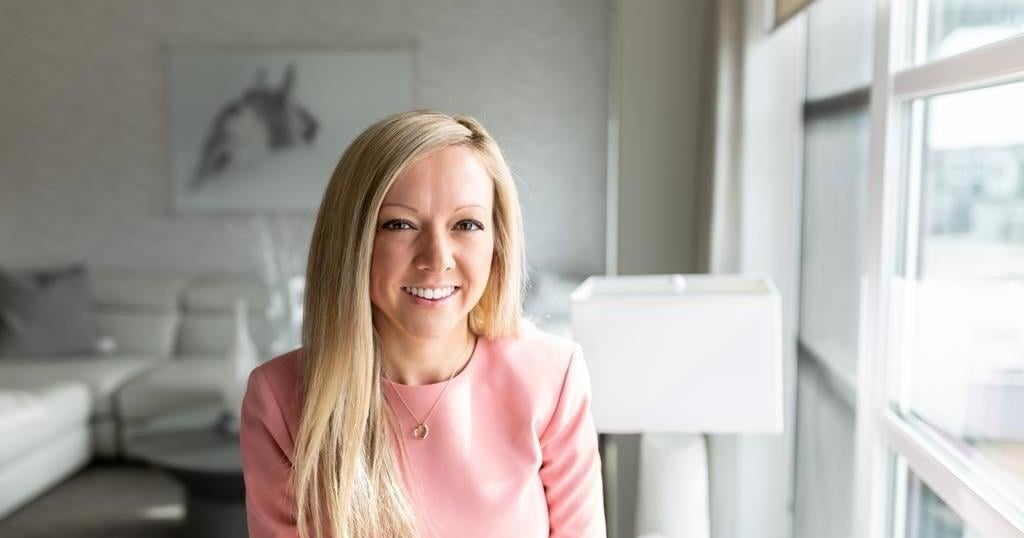Financial soulmates are rare, advisers say — it’s more common for couples to have different spending and saving habits. But money is a critical detail in a partnership.
“I got married 30 years ago and did the Catholic marriage course, and the person up front said, ‘What’s the No. 1 cause of marital breakdown?’” said Brian Himmelman, president of Himmelman & Associates Financial Advisors in Halifax.
“And everyone yells — because everyone’s in their 20s — ‘Infidelity!’ And then he goes, ‘Nope. Finances.’”
It’s not a bad thing when one person is more of a spender, and another is a saver, Himmelman said. The combination can provide a healthy balance, rather than too much of one style.
Himmelman also sees differences in financial literacy in general, such as a person who doesn’t deal with financial information much, partnered with someone who works for an accounting firm or bank, where money is their day job.
His role is to bridge the gap between personalities and experience — and he doesn’t always just side with the saver.
“They’re the joint decision-makers, and whether it’s literacy or power dynamic, I try to even it out. My job is really just to bring them information and let them both, equally, come up with what’s best for them,” Himmelman said.
A couple’s financial relationship should be guided by their goals, and shared goals are a part of compatibility, said Kalee Boisvert, a Calgary-based financial adviser with Raymond James.
“It’s really like looking at the long-term vision for their money,” she said. The daily Starbucks habit, for example, isn’t worth a lot of marital haggling, but decisions such as buying property need collaboration and communication.
“Let the little things slide, but it’s the bigger goals, and the vision and where you see yourself that you have to come together on, and you have to compromise on.”
Boisvert sees less emphasis on joint finances lately — more and more couples she works with are keeping their accounts separate, and may start a joint account for large shared expenses only, such as a mortgage. Some couples contribute to that joint account equally or proportionate to income.
Combining finances or some level of separation will be unique to a couple’s situation.
“I think both can work,” Boisvert said. “I lean towards separate finances because in my business, I work with a lot of women who have gone through divorce, and they’ve been in a position where maybe their spouse had taken the lead, and they weren’t really having their own accounts. It’s a big learning curve, and it’s a bit overwhelming.”
Maintaining some level of financial independence also has long-term benefits, she added.
“There’s all sorts of situations that can happen in life, of course, like you can separate, people can pass away, so there is likely going to be a time in life that you are independently managing things,” Boisvert said. “Having that comfort level, it’s really important.”
Boisvert said a cohabitation agreement is also critical for couples living together, but not married — this type of agreement can offer similar protections as a prenup in case the relationship breaks down. Himmelman called it a “recommended tool” but added it can be an alienating conversation for two people from different economic backgrounds.
There are other tricky topics when dating and selecting a partner — debt in particular can be a source of shame or stress.
“You can’t screen who you fall in love with,” Himmelman said, “but at the same time, I would say you can look for red flags.”
There’s good debt and bad debt, he explained — someone investing in their education, especially for a high-paying career, would be making a wise investment in themselves despite the student debt incurred. Similarly, starting or buying a business requires borrowing.
But someone racking up debt for vacations, socializing and high-end purchases might foreshadow future issues in the relationship.
And there are unfortunate events too, Himmelman added, such as job loss, or racking up credit card debt when you’re young and haven’t learned to manage money yet.
“Somebody’s ability to articulate how they feel about debt, and the other person’s ability to understand their philosophy or their attitude towards it — I think it’s important,” Himmelman said.
“If their values are so different from yours, it might not manifest itself immediately, but it will come at some point in time. People will fight more about money than probably anything.”
Debt can be awkward to bring up, Boisvert noted, but you can talk about finances in terms of priorities, values and goals instead. Open communication about money early in a relationship sets a good precedent.
“You’re not asking them, you know, ‘What’s your credit card balance?’ or ‘How much debt do you have?’” Boisvert said. “But ask things like, ‘What are your financial goals in life? Where do you hope to be in five years, 10 years? Do you have a retirement goal?’”
As with so many other aspects of a partnership, communication is foundational.
“Money is one of the biggest sources of stress for couples and I think it’s because they don’t have the conversations earlier on,” she added. “Then it comes up later and there’s elements of feeling almost blindsided, or someone was maybe dishonest or not upfront about things.”
This report by The Canadian Press was first published Nov. 12, 2024.

























